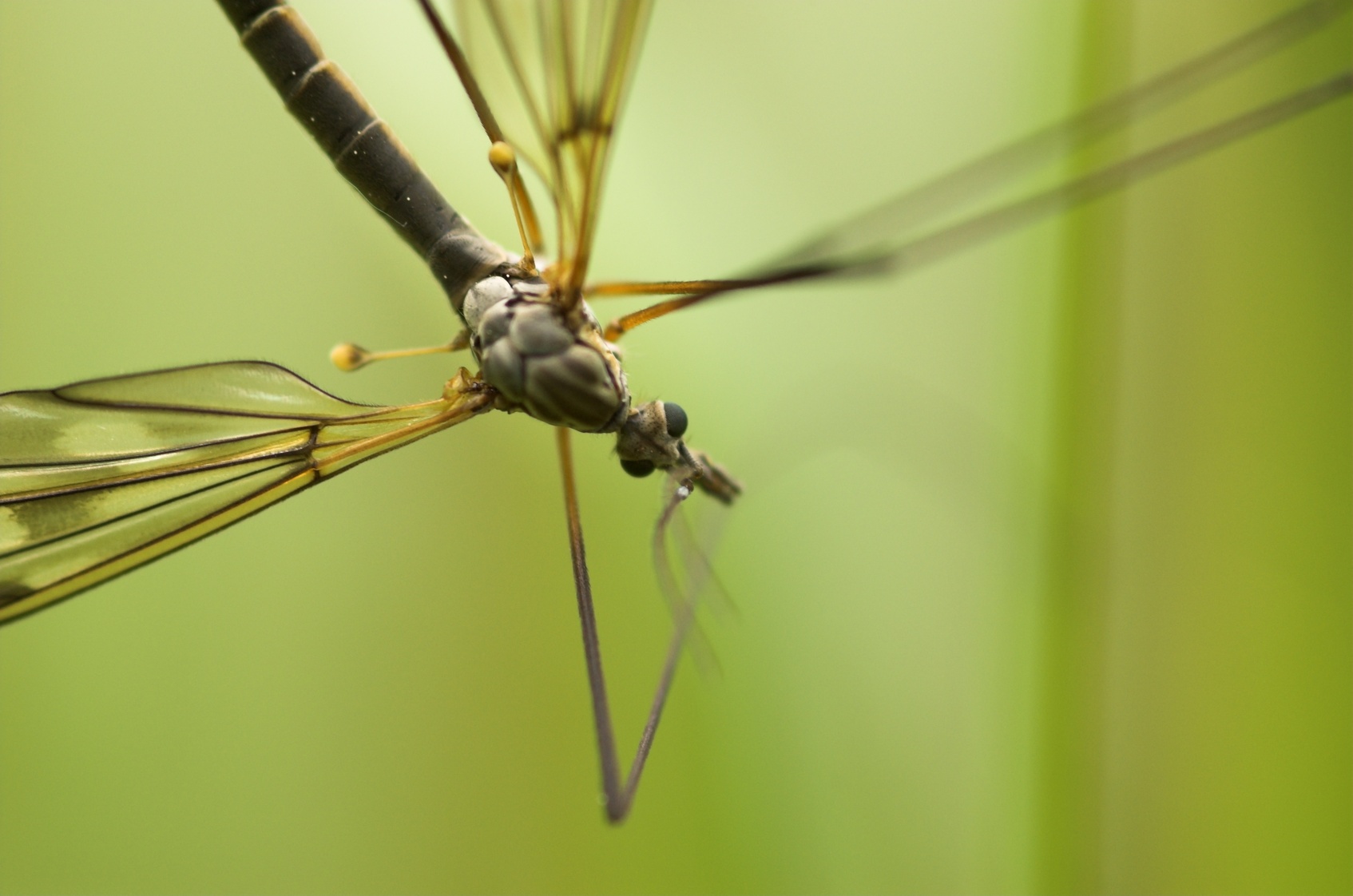While spiders and bugs are part of a natural ecosystem, when they invade your home, they’re often less than welcome. If you suspect something crawly is moving in, consider the following advice…
-Caulking can go a long way to shoo bugs away. Seal tiny cracks and holes near your doors and windows and along baseboards with a strong tape that can be found at your local hardware store.
-Store food in airtight containers (or keep it in the refrigerator). This is especially true for grains and sweets. In addition, be sure to clean up after you cook so that there are no crumbs around to tempt bugs.
-Reduce clutter. Not only is clutter a nuisance, it can also provide shelter for insects. In addition to getting rid of clutter, take the time to clean kitchen and bathtub drains, as they can be another breeding place.
-Keep your yard free of debris. This will go a long way toward ensuring that pests don’t find shelter in your firewood stacks, compost piles and yard waste. Never stack firewood against your home for the same reason.
-Be aware of Federal laws that dictate that insecticidal products be registered. Guidelines allow the Environmental Protection Agency to evaluate a pesticide’s chemical toxicity to humans, pets and other organisms, as well as the pesticide’s environmental risks.
-Follow instructions on product labels. In addition to always using the appropriate dose, take care to use the correct product for the job at hand. For instance, a pesticide registered for agricultural use wouldn’t be appropriate to use indoors. And for those seeking a pesticide that doesn’t remain in the environment for very long, a product containing essential oils should be considered.
Here are more specifics about certain types of pests to guide you.
Mosquitoes. Not only are mosquitoes incredibly annoying as they buzz about—and bite—but they can transmit serious pathogens that cause diseases like Zika and West Nile viruses. Eliminate all sources of standing or stagnant water. Empty and replace water in planters, bird baths and pet dishes. Keep other water-prone areas like gutters clear. Finally, set up a perimeter around your home that you’ll spray to keep insects away during spring and summer months.
Bed bugs. These pests are very hard to eliminate from the home. Treatment typically requires a multi-pronged approach including mechanical and chemical control, as well as preventative measures that help avoid a re-infestation. When traveling, make sure to check your luggage and clothes, as bed bugs are known to hitch a ride with you back home. Never put a suitcase on the bed in a hotel, just in case.
Cockroaches. To prevent cockroaches, store food in tightly-sealed containers, seal cracks in your home and replace torn window screens. Treat your home’s perimeter with a spray, many of which will last up to 12 months. Baits are another effective strategy because cockroaches are nocturnal (often feeding at night) and may be difficult to contact during the day. The benefit of using bait is that the roaches do all the work, spreading the bait to kill other roaches in hiding.
Stink bugs. Seal up any cracks and broken screens to prevent stink bug entry into your home. Change exterior lighting to less-attractive yellow bulbs, since stink bugs are attracted to light. If you see one in your home, don’t touch or squish it, because that will release their foul smell. Instead, gently coax the bug into a plastic bag to release it outside. You may also get rid of stink bugs by using ant and roach killer.
Termites. Keep the area under and around your house free from wood debris, above and below ground. Stack firewood away from the house and off the ground. Damp soil also puts your home at risk, as termites prefer moist soil. If you find termites in your yard, use a termite killer. If they manage to infest your home, call a professional to assess the damage, identify the termite species responsible, and eliminate the colony.
Ants. Not only can ants cause structural damage to your home, they can also be a nuisance and crawl inside in search of food. Ants tend to follow trails along the perimeter of the home (baseboards, the edges of countertops), and can use wires and pipes as a highway system within walls. Follow their trails to find and treat the nest. Like cockroaches, baits are also an effective strategy for killing ants.
Ticks. Ticks are usually oval and reddish or dark brown and range in size from 1/16 to 1/8 inches before feeding. Ticks parasitize a variety of hosts including mammals, birds, reptiles and amphibians. They feed by sinking their mouthparts (hypostome) into the flesh of their host, and, if left undisturbed, they may continue to slowly suck blood for weeks. Amazingly, they can also survive without feeding for several months. Ticks can also carry vector pathogens and bacterium that causes Lyme disease—a very serious ailment causing joint stiffness, neurological problems, or both. In many cases, tick bites and the rash that accompanies them go unnoticed. To prevent ticks from coming inside your house, form a barrier using an indoor/perimeter insect killer. Inspect yourself and your clothing anytime you’ve been outdoors. If you find a tick, remove it by pulling upward with pointed tweezers after clasping as close to the skin’s surface as possible. After removal, disinfect the area with rubbing alcohol. Your pets should be inspected and treated for ticks, too. Inspect their ears and neck, the most common places where ticks will bite—and where rashes can break out.
Houseflies. Flies are also a major carrier of more than 100 disease-causing pathogens, collecting them on their legs and mouth when feeding. Sanitation is the best way to prevent flies. Eliminate breeding sites and sources of food, and make sure your trash can has a tight-fitting lid and is cleaned regularly. Keep screens on your home’s windows and doors, and repair if damaged. If you see them near your home, you can kill them on contact with various products.


